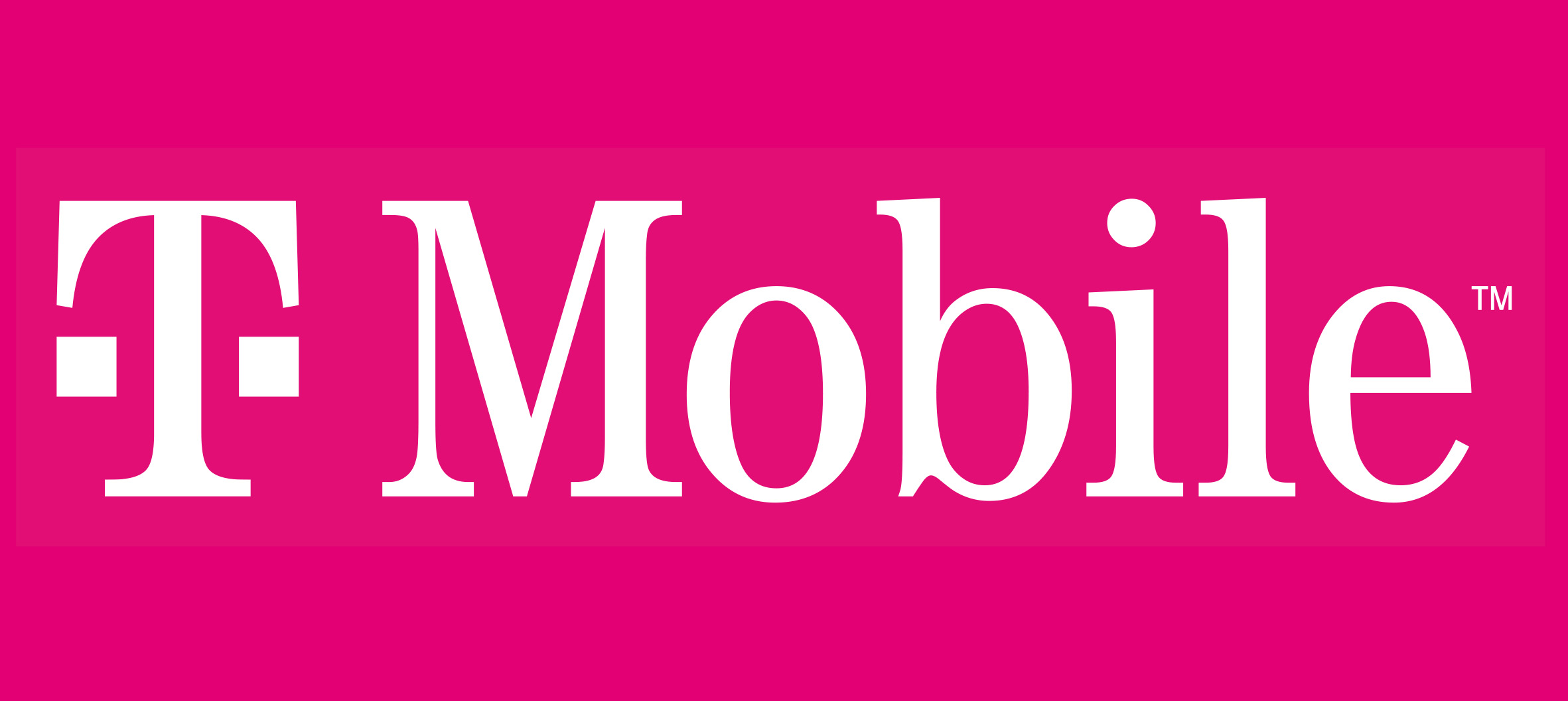Bridging the STEM Opportunity Gap
By Cody Sanford | Special to The Times

Originally published by the Seattle Times
We live in a world where technology touches almost every facet of our lives — and where tech jobs are a cornerstone of the economy. The Washington STEM organization projects that in Washington state, by 2030, an astounding 84 percent of job openings that require two to four-year degrees will be in STEM.
An entry-level job in tech is often a path to a rewarding career and long-term financial security. However, year after year, tech companies struggle to hire enough employees to fill these roles. At the same time, the unemployment rate among Gen Z (born after 1996) peaked at 26.9% this spring, according to the U.S. Bureau of Labor Statistics. We have jobs going unfilled, and young people who are desperately in need of jobs. This discrepancy should signal to all of us that there is something that needs to change in the way the technology industry recruits and trains new talent, and in the way we partner with schools preparing our children to join the workforce of the future.
For decades, the technology industry’s hiring practices have favored populations with advanced education — degrees in STEM fields — even as we recognize that those credentials have been hard to access for many communities. This creates an opportunity gap. The same people who could most benefit from a job in the tech industry also face the largest hurdles getting their first chance to land a tech role.
In Washington state, Washington STEM’s projections show that by 2026 we’ll have 60,000 more tech jobs than we have candidates with STEM degrees. For the past three years, T-Mobile has partnered with the Washington Alliance for Better Schools (WABS) to improve the way we prepare students for lucrative and rewarding tech careers.
One way to address the opportunity gap is by creating early-in-career programs for high school students. WABS and T-Mobile have partnered on a two-year program to offer high school seniors two paid internships and a 59-credit certificate. The program aligns classroom learning with employer standards and culminates in a postsecondary credential leading to employment. A well-supported, accelerated career path opportunity like this one reduces a student’s need for a four- or six-year degree. This model decreases barriers to entering STEM, like the high cost of traditional STEM degrees, and provides underprivileged participants with practical, hands-on learning that gives them a competitive advantage in the workforce.
Technology companies have an opportunity to proactively partner with local educators to expand their knowledge about the workforce needs of the region. Students benefit when educators are familiar with the career pathways. One way to increase teachers’ knowledge is by welcoming them for on-site experiences at STEM workplaces, where they can learn about in-demand skills firsthand. Industry volunteers can also help teachers develop problem-based STEM lessons, extending workforce learning opportunities to all students.
Students can also benefit from access to STEM professionals from diverse backgrounds to help them gain awareness of and early interest in potential career opportunities. WABS and T-Mobile partner on a program that offers STEM lessons to third through eighth grade students, with volunteers teaching students over a six-week period. After-school programs that use hands-on learning and incorporate volunteers from the region’s leading companies provide a meaningful way for students to develop career aspirations and broaden their perspective of STEM.
Partnering with organizations like WABS is just one way to create more equity and access for students interested in STEM careers. We need to find ways to scale up existing programs, to expand to rural areas, and to better address the specific needs of communities that have long been underrepresented in tech, especially students of color. Closing the opportunity gap — filling tech jobs with the young people who need them the most — is one of our industry’s greatest challenges. By bringing industry resources together with STEM organizations, educators, parents and students, together we can create a path toward a diverse and thriving technology industry with opportunities for all.
Cody Sanford is chief information and product officer at T-Mobile and a board member of Washington Alliance for Better Schools.

